Picture Sources and Credits
MARQUS DE SANTILLANA (p. 18) and GARCILASO DE LA VEGA (p. 36). From Retratos de los espaoles ilustres. Madrid, 1791. In the library of the Hispanic Society of America.
GUTIERRE DE CETINA (p. 40), FRAY LUIS DE LEN (p. 44) and SAN JUAN DE LA CRUZ (p. 50). From Pacheco, Francisco: Libro de descripcin de verdaderos retratos .... Sevilla, 1599. In the library of the Hispanic Society of America.
LUIS DE GNGORA Y ARGOTE (p. 56). From Todas las obras. Madrid, 1633. In the library of the Hispanic Society of America.
MIGUEL DE UNAMUNO (p. 86). From Torrente Ballester, Gonzalo: Panorama de la literatura espaola contempornea. Madrid, 1961. Courtesy of Ediciones Guadarrama, Madrid. Photograph by Alfonso, Madrid.
ANTONIO MACHADO (p. 90). Photograph of a painting by Joaqun Sorolla y Bastida. Courtesy of the Hispanic Society of America.
PEDRO SALINAS (p. 102). Photo by Chamudes.
FREDERICO GARCA LORCA (p. 110). From Torrente Ballester, Gonzalo: Panorama de la literatura espaola contempornea. Madrid, 1961. Courtesy of Ediciones Guadarrama, Madrid.
DMASO ALONSO (p. 116). From Torrente Ballester, Gonzalo: Panorama de la literatura espaola contempornea. Madrid, 1961. Courtesy of Ediciones Guadarrama, Madrid. Photograph by Estudio Lagos, Madrid.
EMILIO PRADOS (p. 120). Courtesy of Cuadernos Americanos, Mexico City.
RAFAEL ALBERTI (p. 128). From Torrente Ballester, Gonzalo: Panorama de la literatura espaola contempornea. Madrid, 1961. Courtesy of Ediciones Guadarrama, Madrid. Photograph by Alfonso, Madrid.
LUIS CERNUDA (p. 132). From Torrente Ballester, Gonzalo: Panorama de la literatura espaola contempornea. Madrid, 1961. Courtesy of Ediciones Guadarrama, Madrid.
MIGUEL HERNNDEZ (p. 136). Courtesy of Editorial Losada, Buenos Aires.
See every Dover book in print at www.doverpublications.com
Cantar de Mo Cid
This epic poem, or cantar de gesta ( gesta, deed), belongs to a type of poetry widely cultivated in Spain and other European countries during the first half of the twelfth century. It was composed by an unknown poet about 1140, some forty years after the Cids death and after the composition of the Chanson de Roland.
The Spanish poem is distingui  hed by its historical character, with its author apparently interested in narrating real happenings, however much he may exaggerate to impress his audience. Thus he tells the story of Rodrigo Diaz de Vivar, known as Mio Cid (Cid is lord in Arabic), a Castilian knight who was banished from Castile after having incurred the disfavor of his sovereign, Alphonse VI. The poems three parts, or cantares, relate the adventures of the Cid from the moment he leaves the city of Burgos through several years until, having won numerous battles against the Moors and taken the kingdom of Valencia, he is forgiven by his sovereign. Mio Cid died in Valencia in 1099.
hed by its historical character, with its author apparently interested in narrating real happenings, however much he may exaggerate to impress his audience. Thus he tells the story of Rodrigo Diaz de Vivar, known as Mio Cid (Cid is lord in Arabic), a Castilian knight who was banished from Castile after having incurred the disfavor of his sovereign, Alphonse VI. The poems three parts, or cantares, relate the adventures of the Cid from the moment he leaves the city of Burgos through several years until, having won numerous battles against the Moors and taken the kingdom of Valencia, he is forgiven by his sovereign. Mio Cid died in Valencia in 1099.
Besides its intrinsic poetic interest, the poem is significant as the earliest-known major example of Spanish poetry. Written in groups of a variable number of lines, it includes 3,735 verses and employs assonantal rhyme. Interest exists on three levels: the narrative level, in which the poet relates historical facts; the dramatic level, in which dialogue reveals the psychological traits of the characters (a technique at which the author is quite successful); and the lyrical level, employing a sober, subdued lyricism appropriate for the Castilian landscape but with enough pathos to indicate the sensitivity of its warlike figures.
The poem is of further interest in revealing a different portrait of the Cid than is usually known. Other poems and ballads, or works like Corneilles later play (drawn from a play by the sixteenth-century writer Guilln de Castro), portray the warrior as a young man. The present poem, undiscovered until late in the eighteenth century, shows a more complete and credible figurethat of the mature man, husband and father, a noble and generous warrior, though ferocious enough when battling his enemies.
The human side of the Cid, together with his controlled violence, may be observed in the following excerpt from the first part of the poem, that relating to Don Rodrigos banishment from Castile. The nine-year-old girl who speaks to him is perhaps the first female character in Spanish literature. The juxtaposition of the small girl against the shapes of warriors, arms, and horses makes for an arresting contrast.
Cantar de Mo Cid
Cantar primero (fragmento)
El Campeador adeli a su posada;
as como lleg a la puerta fallla bien cerrada,
por miedo del rey Alfonso, que as lo pararan;
que si no la quebrantase no se la abriesen por nada.
Los del mo Cid a altas voces llaman,
los de dentro no les queran tornar palabra.
Aguij mo Cid, a la puerta se llegaba,
sac el pie de la estribera, una ferida le daba;
no se abre la puerta que era bien cerrada.
Una nia de nueve aos a ojo se paraba;
Ya Campeador, en buena ceisteis espada!
El rey lo ha vedado, anoche de l entr su carta,
con gran recaudo y fuertemente sellada.
No vos osaramos abrir ni acoger por nada;
si no, perderamos los haberes y las casas
y aun adems los ojos de las caras.
Cid, en el nuestro mal vos no ganis nada;
mas el Criador os valga con todas sus virtudes santas.
Esto la nia dijo y tornse para su casa.
Ya lo ve el Cid que del rey no haba gracia.
Partise de la puerta, por Burgos aguijaba,
lleg a Santa Mara, luego descabalgaba;
finc los hinojos, de corazn rezaba.
The Cid
First Part ( excerpt )
The Campeador went straight to his quarters;
when he came to the gate he found it well locked.
Out of fear of King Alfonso they had done this;
unless he break it down they would not open for any reason.
The men of my Cid called out in loud voices;
the men inside were loath to reply.
My Cid spurred forward, he came up to the gate,
he drew his foot from the stirrup, a blow he gave the gate;
the gate did not open, for it was well locked.
A nine-year-old girl appeared before him.
O Campeador, in a happy hour you girded on your sword!
The King has forbidden it, his order came last night,
borne with great precaution, and firmly sealed.
We would not dare open to you or shelter you at all,
or we would lose our possessions and our houses,
and what is more, the eyes in our faces.
Cid, from our misfortune you will gain nothing;
may the Creator preserve you with all His blessed powers.
Thus spoke the girl and returned to her house.
Now the Cid sees that he will get no favor from the King.
He left the gate, spurred on to Burgos,
arrived at Santa Mara, then dismounted;
he dropped to his knees and prayed from his heart.
Diego Hurtado de Mendoza
(13641404)
Father of the Marqus de Santillana, Diego Hurtado de Mendoza was a distinguished member of the Castilian nobility during the reign of Henry III. He devoted much of his short life to writing, showing skill and good taste especially in his handling of light poetry. He was particularly fond of the popular vein of poems called serranas, or mountain songs, later admirably mastered by his son.
Of all Mendozas poems the one most widely remembered is the cossante (stanza) included here. The cossante was a form of folk poetry widely cultivated in Galicia and Portugal during the Middle Ages and also known in Castile, and Mendozas treatment of it reveals his keen ear and verbal grace.

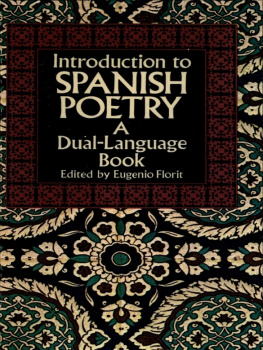
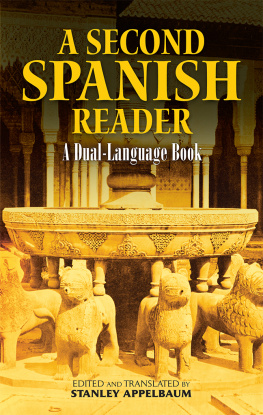

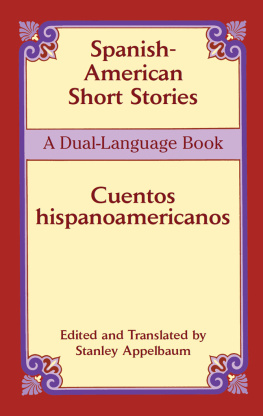

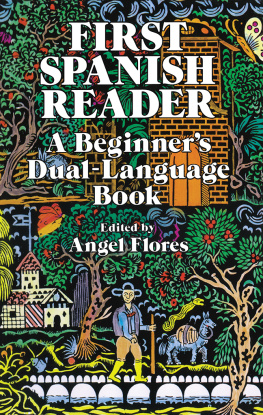


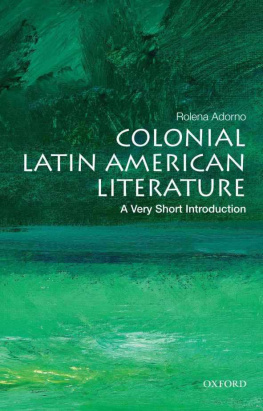
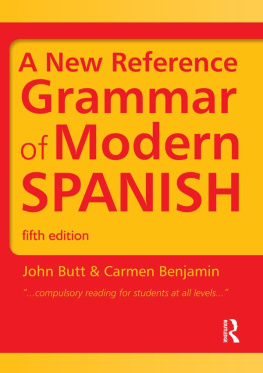

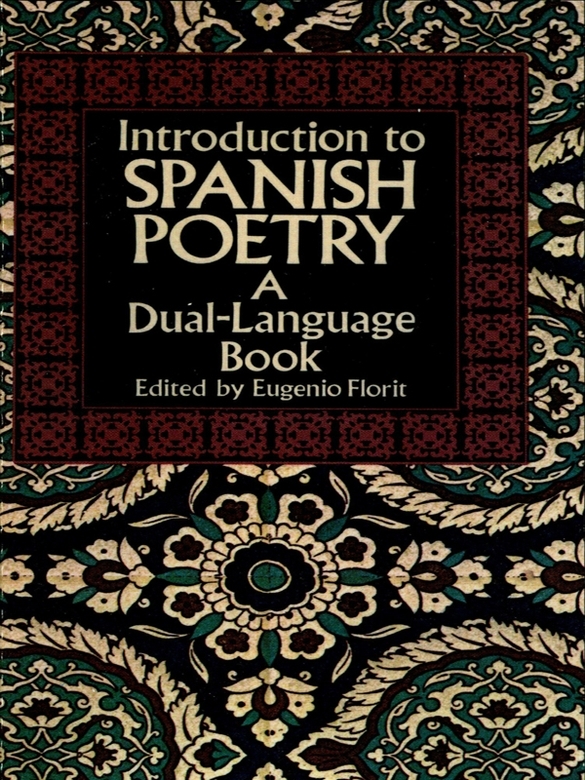
 hed by its historical character, with its author apparently interested in narrating real happenings, however much he may exaggerate to impress his audience. Thus he tells the story of Rodrigo Diaz de Vivar, known as Mio Cid (Cid is lord in Arabic), a Castilian knight who was banished from Castile after having incurred the disfavor of his sovereign, Alphonse VI. The poems three parts, or cantares, relate the adventures of the Cid from the moment he leaves the city of Burgos through several years until, having won numerous battles against the Moors and taken the kingdom of Valencia, he is forgiven by his sovereign. Mio Cid died in Valencia in 1099.
hed by its historical character, with its author apparently interested in narrating real happenings, however much he may exaggerate to impress his audience. Thus he tells the story of Rodrigo Diaz de Vivar, known as Mio Cid (Cid is lord in Arabic), a Castilian knight who was banished from Castile after having incurred the disfavor of his sovereign, Alphonse VI. The poems three parts, or cantares, relate the adventures of the Cid from the moment he leaves the city of Burgos through several years until, having won numerous battles against the Moors and taken the kingdom of Valencia, he is forgiven by his sovereign. Mio Cid died in Valencia in 1099.